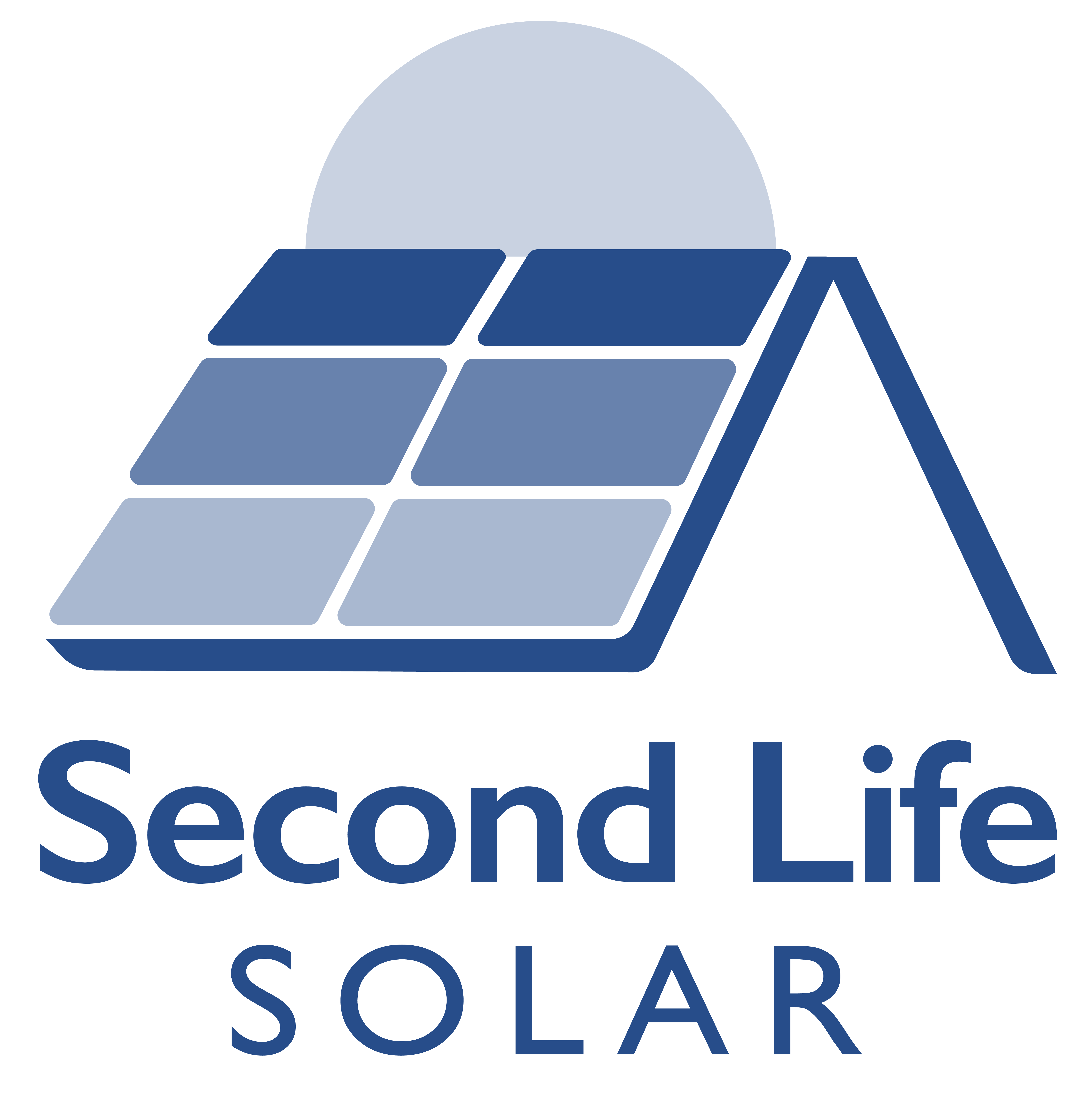Understanding the differences between renewable and nonrenewable energy sources is key to making informed decisions about how we generate electricity and sustain our natural resources.
Both types of energy sources play crucial roles in our lives, but they vary significantly in terms of availability, environmental impact, and sustainability.
Let’s explore these differences in detail.
Renewable energy sources are those that are naturally replenished within a relatively short time frame. These types of energy are derived from resources that are abundant and sustainable, such as wind, solar, and water.
For example, solar energy comes from sunlight, which is an endless and clean energy source. Similarly, wind energy harnesses the power of wind to generate electricity, making it an eco-friendly and sustainable solution.
Renewable energy sources are considered environmentally friendly because they have a low carbon footprint. Unlike fossil fuels, they do not emit significant amounts of greenhouse gases into the atmosphere, making them crucial in the fight against global warming. Wind and solar energy, for instance, produce no harmful emissions during their operation, which helps preserve air quality and reduce environmental degradation.
The cost-effectiveness of renewable energy is another factor contributing to its growing popularity. While the initial investment in infrastructure, such as solar panels and wind turbines, can be high, the long-term savings from reduced energy costs often outweigh the initial expenses. Additionally, technological advancements and economies of scale have made renewable energy more affordable over time.
Nonrenewable energy sources, on the other hand, are derived from natural resources that take millions of years to form and cannot be replenished within a human lifetime. Common examples of nonrenewable resources include coal, oil, and natural gas. These fossil fuels have been the primary sources of energy for centuries, powering industries, homes, and transportation systems worldwide.
However, the use of nonrenewable energy sources comes with significant drawbacks. The environmental impact of burning coal, oil, and natural gas is substantial, as it releases large amounts of carbon dioxide and other pollutants into the atmosphere. This contributes to global warming and other environmental issues, such as acid rain and habitat destruction.
Furthermore, the extraction and transportation of these resources often lead to environmental degradation and pose risks to human health. Nonrenewable resources also raise concerns about sustainability. As these resources are finite, their continued consumption could lead to shortages and increased energy prices. This highlights the need to transition to cleaner and more sustainable energy alternatives.
The main differences between renewable and nonrenewable energy sources lie in their availability, environmental impact, and sustainability. Renewable energy sources, such as solar power and wind energy, are virtually inexhaustible and have minimal environmental impact. In contrast, nonrenewable resources include fossil fuels and nuclear energy, which are limited in supply and often cause significant harm to the environment.
Another distinction is the timeframe required for resource replenishment. Renewable resources can be naturally replenished within days, months, or years, whereas nonrenewable resources take millions of years to form. This stark difference underscores the urgency of adopting renewable energy sources to ensure a sustainable future.
Cost-effectiveness is another point of comparison. While the upfront costs of renewable energy systems can be high, their long-term benefits often make them more economical than nonrenewable options. Conversely, the extraction and use of fossil fuels can result in hidden costs, such as environmental cleanup and health-related expenses, which may not be immediately apparent.
At Second Life Solar, we understand the importance of sustainability and cost-effectiveness in the renewable energy sector. That’s why we specialise in supplying second-hand solar panel equipment to businesses worldwide. By repurposing pre-owned solar panels, we provide an affordable solution for businesses looking to adopt solar energy while minimizing waste and extending the life cycle of valuable resources.
Our commitment to promoting clean energy aligns with global efforts to reduce reliance on nonrenewable energy sources and combat environmental challenges. With our high-quality second-hand solar panels, businesses can take a step toward a greener future without compromising on performance or efficiency.

At Second Life Solar, we specialise in supplying used solar panels to buyers worldwide.
© All Rights Reserved.